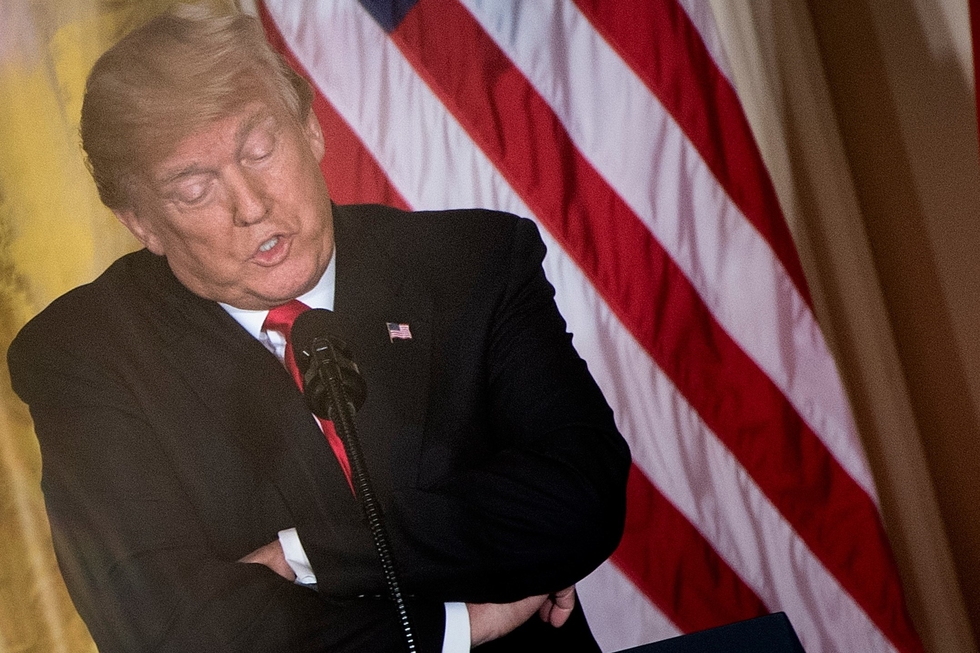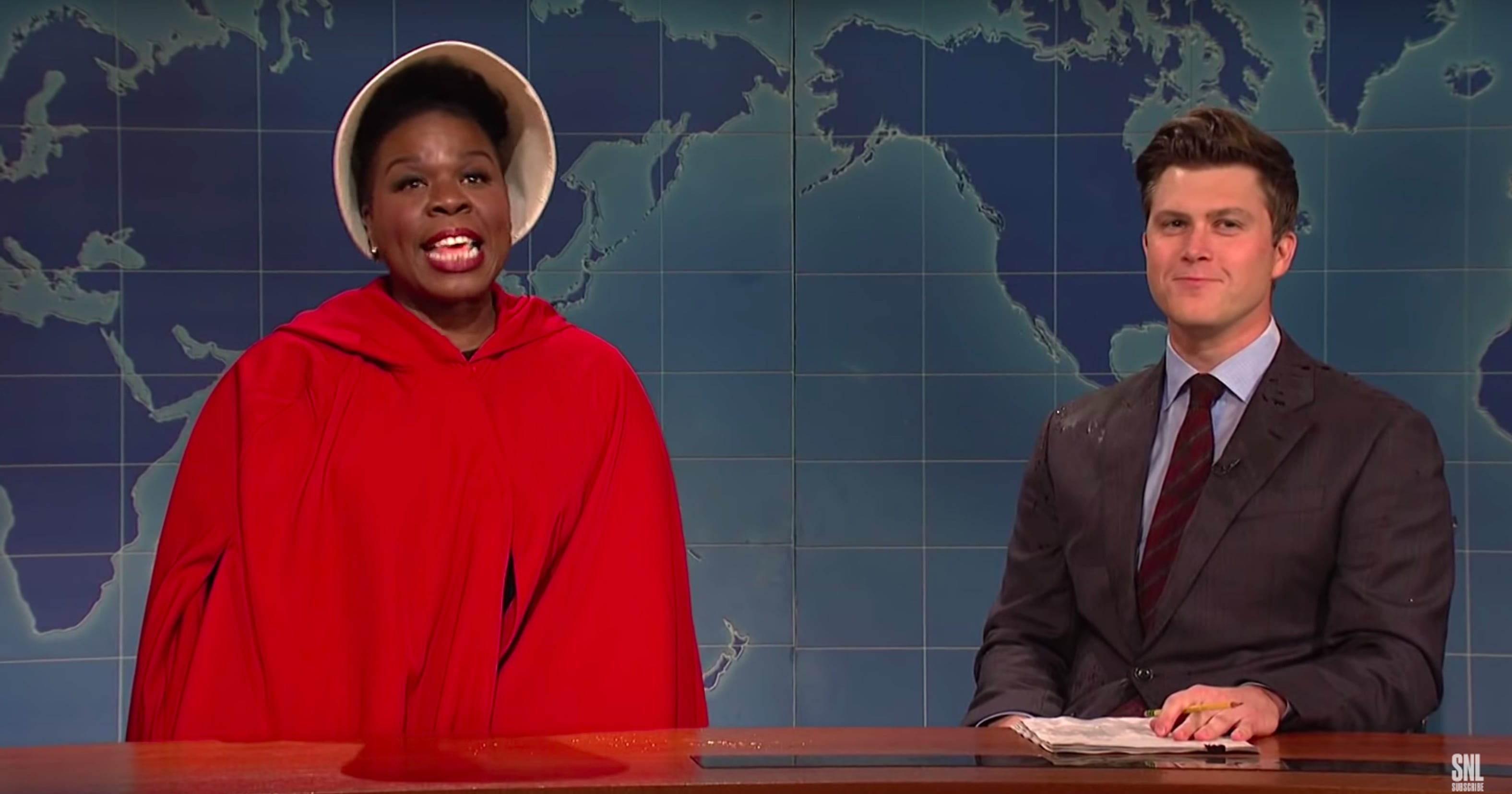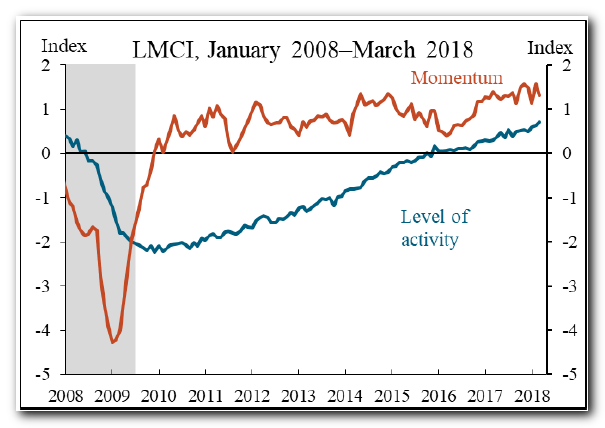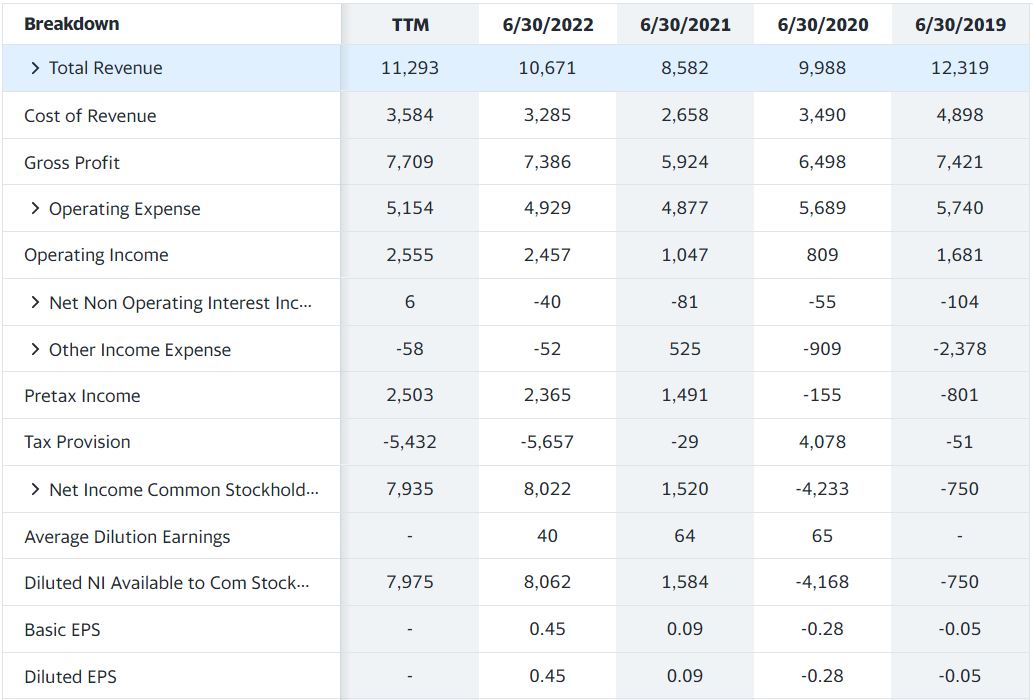A Critical Assessment Of Trump's Middle East Visit And Its Consequences

Table of Contents
The Goals and Expectations of Trump's Middle East Trip
Trump's Middle East trip, undertaken in May 2017, was framed around several key objectives. The administration publicly emphasized:
-
Strengthening alliances with key regional partners: This primarily focused on Saudi Arabia and Israel, two crucial allies in the fight against terrorism and regional instability. The goal was to solidify these relationships and ensure continued cooperation on matters of mutual interest. Strengthening these alliances was viewed as essential for countering Iranian influence.
-
Combating terrorism and extremism: A central theme of the visit was the shared commitment to fighting terrorism, particularly from groups like ISIS. The trip aimed to foster greater intelligence sharing and coordinated military efforts against extremist organizations. Counter-terrorism cooperation was a major talking point in meetings with both Saudi and Israeli officials.
-
Addressing the Iran nuclear deal and regional instability: The Iran nuclear deal, officially known as the Joint Comprehensive Plan of Action (JCPOA), was a major point of contention. The Trump administration was highly critical of the deal and sought to pressure regional allies to adopt a more confrontational stance towards Iran. This objective was central to discussions during the visit.
-
Promoting economic cooperation and investment in the region: The trip also aimed to stimulate economic growth and investment in the Middle East, potentially creating jobs and promoting stability through economic development. This aspect was less prominently featured but still an important element of the overall strategy.
-
Initial public perception and media framing of the visit's objectives: The initial media coverage emphasized the strong anti-terrorism rhetoric and the potential for significant arms deals with Saudi Arabia. There was considerable speculation about the possibility of a breakthrough in the Israeli-Palestinian peace process, though expectations were tempered by the history of failed negotiations.
The feasibility of these goals was debated from the outset. Critics questioned the administration’s approach to the Iran nuclear deal, arguing that a more confrontational stance could destabilize the region further. Others expressed skepticism about the prospects for a lasting peace agreement between Israel and Palestine.
Key Meetings and Agreements (or Lack Thereof)
Trump's visit included significant meetings with key regional leaders.
-
Meetings with Saudi Arabian leadership: These meetings resulted in substantial arms deals and strengthened counter-terrorism cooperation agreements. However, human rights concerns regarding Saudi Arabia's record were largely downplayed during the visit. The focus was primarily on strategic partnerships and shared security interests. This aspect of the visit drew considerable criticism from human rights organizations.
-
The visit to Israel and Palestine: While Trump met with both Israeli Prime Minister Benjamin Netanyahu and Palestinian Authority President Mahmoud Abbas, the visit produced no major breakthroughs towards a peace agreement. The trip highlighted the deep-seated divisions and the intractable nature of the Israeli-Palestinian conflict.
-
Trump’s speeches and public statements: His speeches during the visit emphasized a strong stance against terrorism, a commitment to Israel’s security, and the need for regional stability. The rhetoric was generally considered hawkish and focused on strong alliances against shared enemies.
-
Formal agreements or declarations: While several statements of intent and cooperative agreements were signed, there were no major treaties or landmark agreements produced during the visit. The lack of substantial concrete outcomes was a significant criticism of the trip's results.
-
Absence of significant breakthroughs: The absence of significant breakthroughs on critical issues like the Israeli-Palestinian conflict and the Iran nuclear deal underscored the challenges of achieving lasting peace and stability in the region.
The visit revealed significant challenges to achieving the stated objectives, highlighting the complexities of Middle Eastern politics and the limitations of even high-profile diplomatic efforts.
Immediate and Long-Term Consequences of the Visit
Trump's Middle East visit had both immediate and long-term consequences:
-
Short-term impacts: The visit initially strengthened the US alliance with Saudi Arabia, leading to substantial arms deals. However, it also raised questions about the administration's commitment to human rights given Saudi Arabia's record. There was no immediate impact on the Israeli-Palestinian conflict, and tensions with Iran remained high.
-
Long-term effects on US foreign policy: The trip solidified the Trump administration's focus on a more transactional and less interventionist approach to foreign policy in the Middle East. This approach emphasized national interests over promoting democracy or human rights in the region. The emphasis shifted from promoting multilateral agreements to forging bilateral relationships.
-
Impact on the Israeli-Palestinian conflict: No immediate progress was made, and the status quo largely remained. The Trump administration's subsequent peace plan further exacerbated tensions between Israelis and Palestinians.
-
Influence on the Iran nuclear deal and Iran's regional actions: The visit contributed to the growing tensions with Iran, ultimately culminating in the US withdrawal from the JCPOA. This decision further destabilized the region.
-
Economic consequences: The arms deals with Saudi Arabia resulted in significant economic benefits for US defense contractors, but the overall economic consequences of the visit were less pronounced in the long term.
The long-term consequences of Trump's Middle East visit are still unfolding, shaping regional power dynamics and international relations.
Critical Analysis and Alternative Perspectives
Critics argue that Trump’s approach prioritized short-term gains and transactional relationships over long-term stability and the promotion of democratic values. Some argued that the emphasis on arms sales and counter-terrorism overshadowed the need to address underlying political and economic issues driving instability in the region. The focus on strengthening alliances with authoritarian regimes also drew considerable criticism.
Alternative perspectives suggest that the visit was a necessary recalibration of US foreign policy, emphasizing national interests and prioritizing counter-terrorism efforts. Supporters highlight the increased security cooperation with key regional partners.
-
Critique of the Trump administration's approach: The administration's approach was criticized for its perceived disregard for human rights and its transactional approach to diplomacy.
-
Alternative perspectives: Some argue that the visit was a success in strengthening alliances and bolstering counter-terrorism efforts, while others criticized the lack of progress on key issues.
-
Impact on human rights and democratic values: The visit was criticized for failing to adequately address human rights concerns in the region.
-
Comparison with previous US presidential visits: Compared to previous administrations, Trump's visit was marked by a less interventionist and more transactional approach.
-
Unintended consequences: The withdrawal from the Iran nuclear deal and the subsequent escalation of tensions in the region are often cited as unintended consequences.
A balanced assessment requires acknowledging both the successes and failures of Trump's Middle East visit. The trip's legacy is complex and its long-term consequences are still being felt today.
Conclusion
This analysis of Trump's Middle East visit highlights its multifaceted impact on the region and US foreign policy. While the trip aimed to strengthen alliances and counter terrorism, its long-term consequences remain a subject of ongoing debate. The lack of significant breakthroughs on key issues like the Israeli-Palestinian conflict raises questions about the effectiveness of the administration's approach. The visit's legacy continues to shape current geopolitical realities in the Middle East.
Understanding the complexities of Trump's Middle East visit and its enduring influence is crucial for navigating the current geopolitical landscape. Further research and informed discussion on the topic of Trump's Middle East visit are essential for informed policy-making and a comprehensive understanding of the region's dynamics.

Featured Posts
-
 The Unexpected Economic Advantages Of Hosting A Large Rave
May 18, 2025
The Unexpected Economic Advantages Of Hosting A Large Rave
May 18, 2025 -
 Invest Smart Discover The Countrys Newest Business Hotspots
May 18, 2025
Invest Smart Discover The Countrys Newest Business Hotspots
May 18, 2025 -
 Pokhoronnaya Instruktsiya Kane Uesta Vdokhnovenie Ot Pashi Tekhnika
May 18, 2025
Pokhoronnaya Instruktsiya Kane Uesta Vdokhnovenie Ot Pashi Tekhnika
May 18, 2025 -
 Ope Partners Welcomes Snl Alumna Leslie Jones
May 18, 2025
Ope Partners Welcomes Snl Alumna Leslie Jones
May 18, 2025 -
 Netflix Documentary Horrifying 9 11 Fire Escape
May 18, 2025
Netflix Documentary Horrifying 9 11 Fire Escape
May 18, 2025
Latest Posts
-
 Southwest Washington Tariffs And The End Of The Status Quo
May 18, 2025
Southwest Washington Tariffs And The End Of The Status Quo
May 18, 2025 -
 The Unexpected Economic Advantages Of Hosting A Large Rave
May 18, 2025
The Unexpected Economic Advantages Of Hosting A Large Rave
May 18, 2025 -
 Analyzing The Economic Contribution Of A Successful Rave
May 18, 2025
Analyzing The Economic Contribution Of A Successful Rave
May 18, 2025 -
 How Huge Raves Generate Economic Growth And Jobs
May 18, 2025
How Huge Raves Generate Economic Growth And Jobs
May 18, 2025 -
 Assessing The Economic Impact Of A Major Rave
May 18, 2025
Assessing The Economic Impact Of A Major Rave
May 18, 2025
